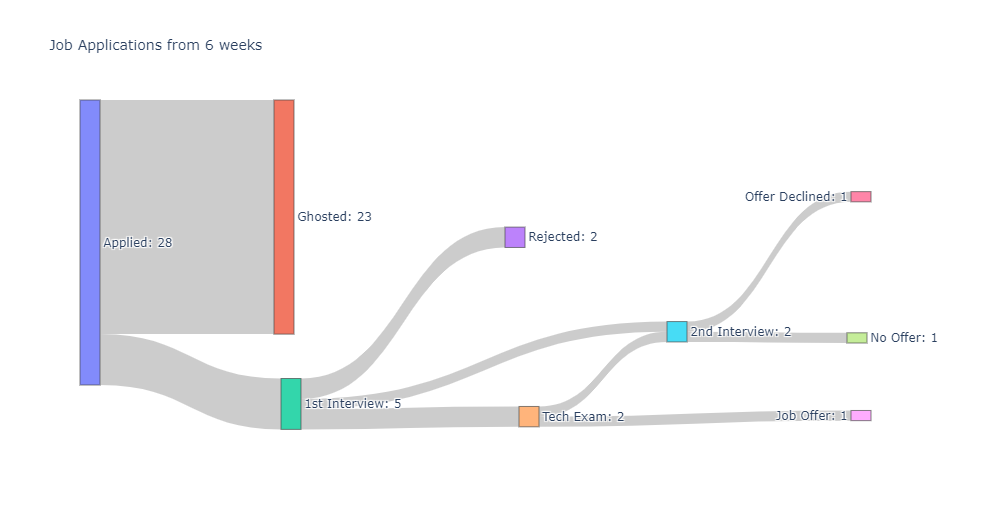The easy part is actually learning to code and operate the tools needed for work. With shifting careers, the hard part is looking for the ‘first’ job.
It’s no secret that engineers are severely underpaid here in the Philippines. A quick look at Jobstreet points to an entry monthly salary of P10,000 - P15,000. Meanwhile, that upper value already is a ‘low-balled’ salary for someone in IT. Not to mention engineering professionals who earn at least P100,000 are quite rare, since one would have to be upper management to even get that salary.
But for me, salary was just an augmenting reason. After all, there are many ways one can earn money without the need to totally shift industries. What mattered to me is to be in a space where a satisfying loop of learn – grow – learn, money is just a bonus.
And so, data analysis and data science piqued my search for an industry that did not punish the want for self-improvement and innovation. After all, it can touch upon various industries, even geotechnical engineering itself. The decision was easy, the journey though, was not.

The easy part is actually learning to code and operate the tools needed for work. With shifting careers, the hard part is looking for the ‘first’ job. How hard was it actually for me? I’ve been at this for weeks, and I still am in limbo. A job offer is still an application in the works.
I could increase my chances if I enter a bootcamp, or if I try an internship before trying to apply again for work. I understand the skepticism towards shifters, and that there is hype in shifting to data field, so the only way out of ‘tutorial hell’ is to just try, and try, and try while continually find ways to improve one’s skill.
Photo by Karsten Würth on Unsplash
